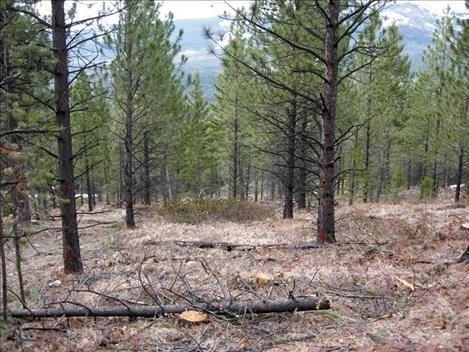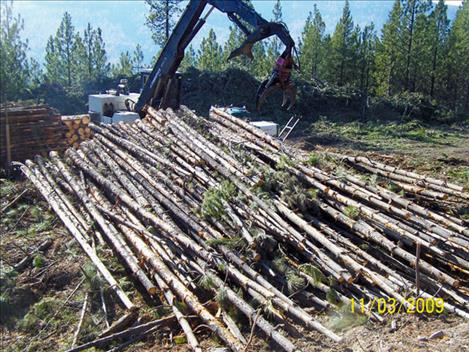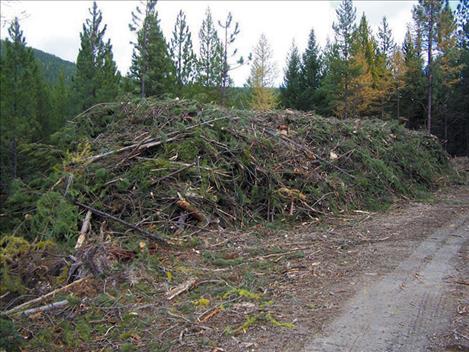Flying trees: Tribes part of renewable energy work
Hey savvy news reader! Thanks for choosing local.
You are now reading
1 of 3 free articles.
RONAN — Leftover tree parts from logging operations usually end up as piles of useless ash, but academic researchers and tribal forestry officials hope that recent projects will result in less waste and a possible energy market for local forest products.
Alaska Airlines hopes to fly a jet with biofuels produced by processing trees from the Flathead Reservation and other parts of the Pacific Northwest by 2016.
Jim Durglo, head of the Confederated Salish and Kootenai Tribes Forestry department, said the Tribes recently contributed several tons of fuel to the jet fuel project, which is spearheaded by the Northwest Advanced Renewables Alliance. The alliance is a consortium of 22 member organizations, including the tribes, from industry, academia and government laboratories that have a five-year grant from the USDA to foster the development of the biojet and biofuels industries that utilize forest products that would otherwise become waste. The initiative is meant to help the U.S. reach its goal of producing 36 billion gallons of biofuel by 2022.
“Now we are in the process of making the fuel,” NARA Communication Coordinator Charles Burke said.
The group hopes to make 1,000 gallons of biofuel that will be mixed with equal parts conventional fuel in an initial run. It will likely be a historic accomplishment as no other cellulostic, sugar-based biofuel has been used to fly a plane to date.
The project could eventually pave the way for a market for residual forest products for the Tribes, according to Durglo.
“The chemistry and the technology is available to do it,” Durglo said. “But the problem is the cost of doing it at a scale that would be economically feasible at this time.”
Currently the Tribes have to burn tons of branches and other parts of trees that are not able to be processed into lumber.
Durglo pointed to the McGinnis Creek logging project that will likely produce 900 tons of slash.
“We would like to do something with that, other than burn it,” Durglo said.
But the nearest facility that has any use for the residuals is the Stoltz Mill in Columbia Falls, which has a maximum capacity of 30 tons. Even at that, the Tribes would have to subsidize the delivery, and no profit would be made.
As ideas abound, one study done by NARA and other officials in 2012 has identified Pablo as a possible future hub for processing biofuel materials.
A site once owned by Plum Creek that processed lumber has three-phase power, a prime location, and other elements that are favorable for biofuel development, the study found.
The trees are out there, waiting for a company to take the initiative to pursue biofuels development.
“Everything is hypothetical at this point,” Durglo said.


















